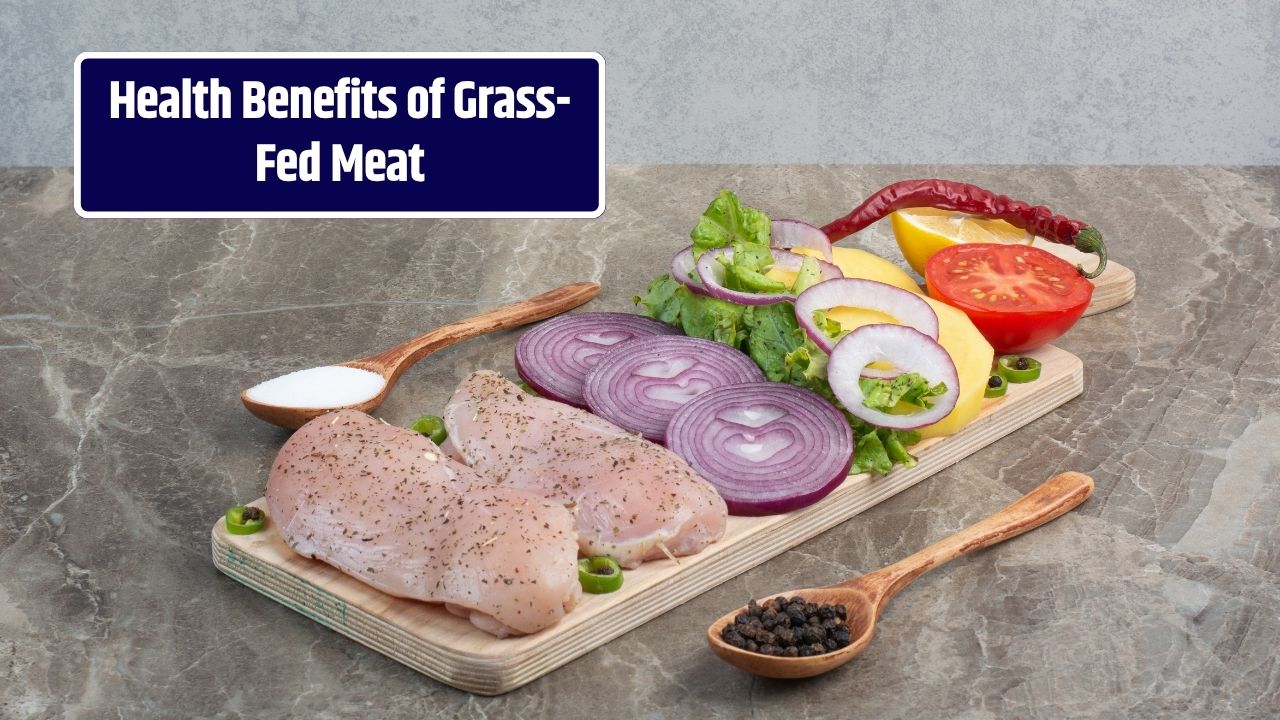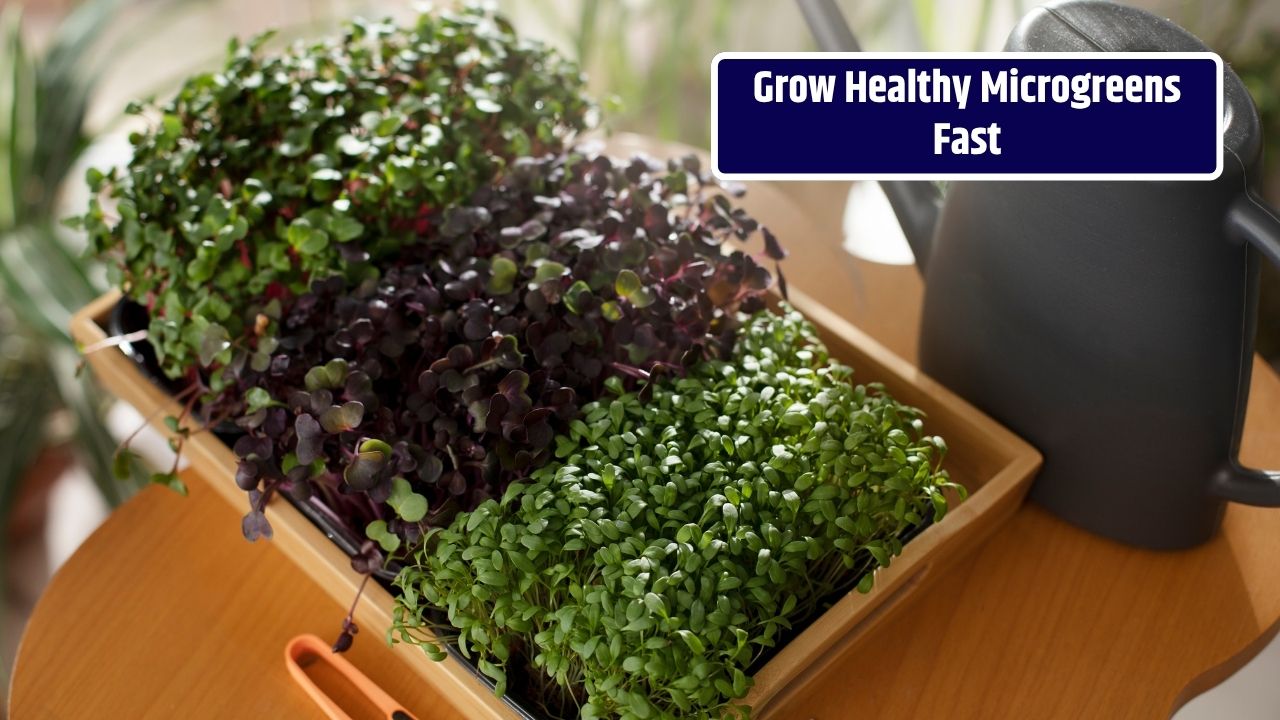Grass-fed meat has been gaining popularity as more consumers seek healthier and more sustainable food options. Unlike conventionally raised meat, which typically comes from animals fed grain-based diets in feedlots, grass-fed meat comes from animals that graze on pasture for most or all of their lives. This natural diet impacts not just the nutritional profile of the meat but also how the animals are raised and how their farming practices affect the environment.
Here’s a closer look at why grass-fed meat is considered a healthier and more sustainable choice.
Table of Contents
Nutritional Benefits of Grass-Fed Meat
Grass-fed meat offers several nutritional advantages over grain-fed meat, thanks to the animal’s diet of grass, legumes, and forage. These benefits are especially notable in the fat composition and vitamin content.
1. Higher Omega-3 Fatty Acids
Grass-fed beef contains significantly more omega-3 fatty acids—essential fats that support heart and brain health. These healthy fats are typically found in fatty fish, but grass-fed meats offer another source for omnivores looking to boost their intake.
2. Better Omega-6 to Omega-3 Ratio
Modern diets are often too high in omega-6 fats, which can lead to inflammation. Grass-fed meat offers a better balance between omega-6 and omega-3 compared to grain-fed meat.
3. More Antioxidants and Vitamins
Grass-fed meat has been shown to contain:
- More vitamin E
- More vitamin A (in the form of beta-carotene)
- Higher levels of glutathione, a powerful antioxidant
- Higher concentrations of conjugated linoleic acid (CLA), linked to improved immune function and fat metabolism
4. Leaner Meat
Grass-fed animals typically produce leaner cuts, with less overall fat content. While this may slightly affect flavor and tenderness, it offers a lower-calorie alternative.
Nutritional Comparison Table
| Nutrient | Grass-Fed Meat | Grain-Fed Meat |
|---|---|---|
| Omega-3 Fatty Acids | Higher | Lower |
| Vitamin A (beta-carotene) | Higher | Lower |
| Vitamin E | Higher | Lower |
| Total Fat | Lower | Higher |
| CLA (conjugated linoleic acid) | Higher | Lower |
Environmental and Sustainability Advantages
Grass-fed meat isn’t just better for your body—it also plays a role in more sustainable farming practices when managed responsibly.
1. Regenerative Grazing
When cattle are rotated across pasturelands (a practice called rotational grazing), it promotes healthier soils, increases biodiversity, and encourages grass regrowth. This can lead to:
- Improved soil carbon storage
- Better water retention in soil
- Reduced need for synthetic fertilizers and pesticides
2. Lower Carbon Footprint (in some systems)
While livestock contributes to greenhouse gas emissions, grass-fed systems that use regenerative practices may offset some of these emissions by sequestering carbon in the soil. However, it’s worth noting that not all grass-fed operations are the same—outcomes depend on the management system.
3. Reduced Antibiotic Use
Grass-fed cattle typically have lower exposure to disease compared to animals in crowded feedlots. As a result, they’re less likely to be treated with routine antibiotics, helping to combat antibiotic resistance.
4. Animal Welfare
Pasture-raised animals tend to have more space, natural diets, and better overall welfare. Consumers who prioritize humane treatment of animals often prefer grass-fed over conventional meat.
Things to Watch For
Not all “grass-fed” labels are created equal. In the U.S., some beef can be labeled “grass-fed” even if the animals were finished on grain or had only partial pasture access. To ensure you’re getting truly grass-finished meat, look for certifications like:
- American Grassfed Association (AGA)
- Certified Grass-Fed by A Greener World
- USDA Organic + 100% Grass-Fed (when combined)
Cost and Availability
Grass-fed meat often costs more than conventional meat due to:
- Slower animal growth rates
- Higher land and labor requirements
- Smaller-scale production systems
However, many consumers are willing to pay the premium for better nutrition, sustainability, and ethical considerations. Shopping at farmers’ markets, joining a local meat CSA, or buying directly from regenerative farms can help reduce costs and improve transparency.
Grass-fed meat offers a compelling combination of nutritional benefits and sustainability advantages—especially when raised under well-managed, regenerative systems. While it may cost more, the health perks, environmental impact, and animal welfare considerations make it a worthwhile investment for many conscious eaters.
FAQs
Is grass-fed meat really healthier?
Grass-fed meat contains more omega-3s, CLA, vitamins A and E, and tends to be leaner than grain-fed meat.
Does grass-fed beef taste different?
It can. Many people describe the flavor as more robust or earthy due to the animal’s natural diet.
Is all grass-fed meat organic?
Not necessarily. Grass-fed refers to the diet, while organic also covers pesticide use, antibiotics, and synthetic inputs





















